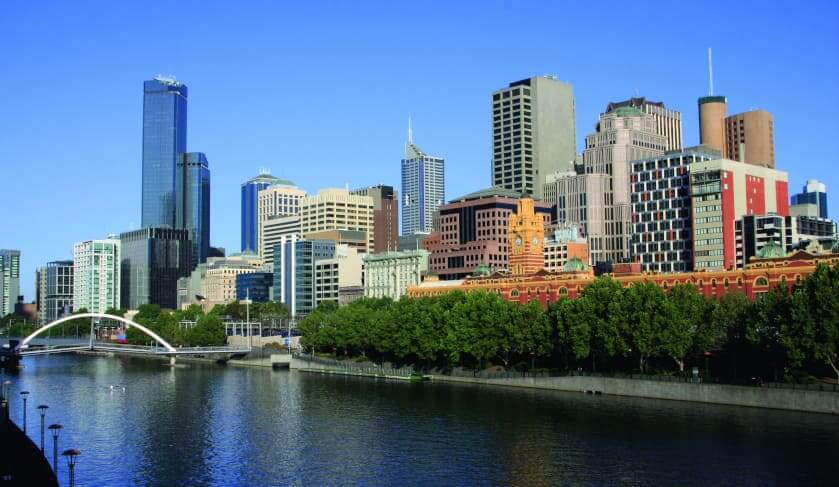Regional Victoria showing up Melbourne in price performance, new data finds
Median house prices in regional Victoria outperformed that of Melbourne in the June quarter, the latest REIV figures reveal.

Median house prices in the regions rose 4.0 per cent to $419,500 but in Melbourne they dipped by 0.6 of a percentage point to $840,000.
The result in Melbourne was due to a 0.8 of a percentage point fall in prices achieved at auction; this was despite a lift of 2.3 per cent in private sales.
Inner Melbourne suffered due to auction prices, where median prices fell by 4.9 per cent to $1,459,000 but it was middle Melbourne that was hardest hit, with a 5.4 per cent drop to $974,500.
Outer Melbourne had a good quarter with the median rising by 0.5 of a percentage point to $681,000.
Apartment prices in regional Victoria grew by 3.7 per cent to $304,500 while the metro media was up by 0.5 of a percentage point to $604,000.
REIV President Richard Simpson said that despite fewer sales, many sectors of the market were performing well.
“2017 was a bumper year and while the trendline has flattened, despite the fall in median house prices in the June quarter, median prices are still up this calendar year for both houses and units, in Melbourne and in the regions,” Mr Simpson said.
In particular there was been strong growth in regional centres which is probably due to the first-home buyers’ concessions said Mr Simpsons.
“The first-home buyers’ concession has been a boon for regional areas. A new entrant to the property market buying a house at the regional median will pay no stamp duty, while a first home buyer of an apartment in Melbourne at the median price would pay stamp duty of nearly $25,000,” he said.
Mr Simpson said that more prospective buyers are looking towards regional Victoria which is also having an effect in Melbourne.
“Melbourne’s outer perimeter continues to grow. Small increases in the June quarter mean that the median prices for both houses and units have risen over 10.5 per cent from a year ago.
Mr Simpson said moving forward that vendors need more realistic expectations as the highs of 2017 are now over.
“Negative chatter about the future of the sector coupled with stronger lending controls by financial institutions has created some uncertainty and vendors need to be realistic with their price expectations,” Mr Simpson said.

